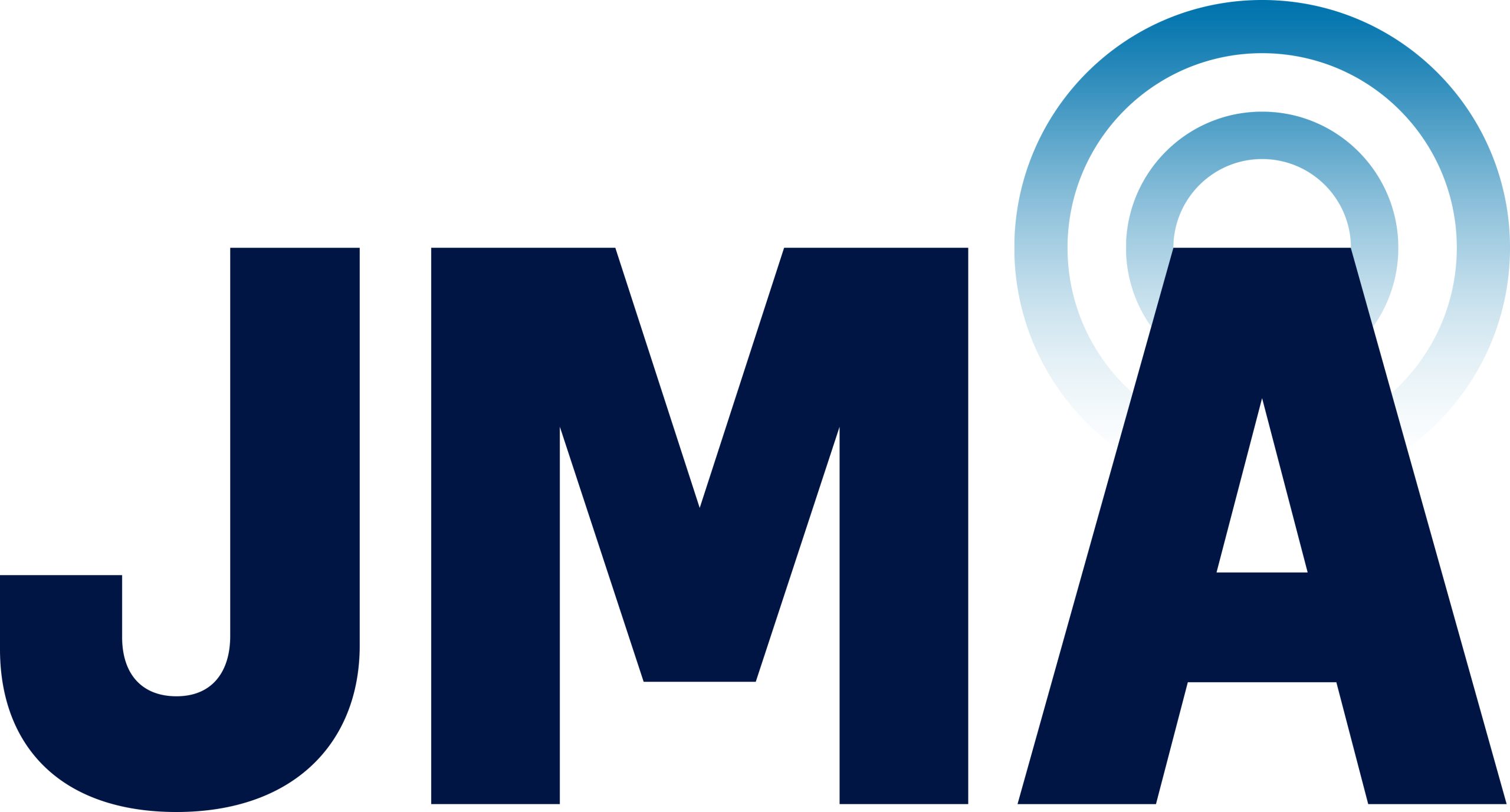‘Metal Everywhere’: How JMA Wireless Overcame Obstacles To Bring Vegas’ Sphere To Life

As younger generations prioritize experiences over material goods, operators of large sports and entertainment venues across the nation are thinking of ways to revitalize their arenas to create a more personalized experience for guests.
While some arenas may be trying to adapt by implementing ticketless entrances or faster food and beverage lines, The Venetian in Las Vegas is doing things differently.
The hotel’s new entertainment venue, called the Sphere, is more than 360 feet tall with a 580K SF, programmable LED screen on its exterior. The $2.3B, 17,000-seat arena is slated to host concerts, sports games and corporate events.
The Sphere is catching attention across the country, not only for its massive size and unique shape but also for its advanced wireless distributed antenna system, or DAS, from JMA Wireless, a mobile connectivity firm.
“It's an enormous challenge to deal with a complete sphere with metal everywhere,” JMA Wireless CEO John Mezzalingua said at this year's Mobile World Congress Industry City Summit. “You’ve got signals bouncing all over the place, and then you have enormously high expectations for the conductivity that's required.”
The DAS platform is JMA Wireless’ multiband, multi-operator system that works to give guests “flexible and reliable solutions” for cellular coverage and capacity distribution. The platform also saves time and money by using a single fiber-optic cable to deliver multiple operators, bands and technologies to remote units, Mezzalingua said.
Mezzalingua said when concertgoers or sports fans are all congregated at an arena and using their devices, bandwidth suffers and the cellular service can be poor — or sometimes nonexistent. Patrons then become frustrated that their texts aren’t sending or their phone calls are dropping. Plus, even strong cellular signals have a tough time penetrating metal and concrete stadiums.
But as technology evolves, attendees are starting to expect seamless connectivity, making it a must-have rather than an added amenity. Venues have to explore multiprovider options to address the diverse needs of attendees and staff, all of whom rely on dependable connectivity.
JMA has installed its DAS in hundreds of venues across the country, including Allegiant Stadium, home of the Las Vegas Raiders. But the challenging aspect of the Las Vegas Sphere project was determining how to implement a DAS in the largest spherical structure in the world.
“For the antennas in the lower part of the Sphere alone, we had three different antenna platforms that we had to employ: the normal one, one that's completely new to us that we had to actually bury under a manhole, and the overhead antennas,” Mezzalingua said. “This system is highly complex and takes a lot of teamwork to install and get up and running.”
To test the workability of the antenna platform that would be installed under a manhole, the JMA team simulated all of the connections in its New York facility, where it built a concrete box with the system inside. The team was ultimately able to create the type of conductivity that the creators of the Sphere were looking for, Mezzalingua said.
“A deep understanding of this antenna technology must be combined with a hint of creativity to unlock its full potential and variety of capabilities,” he said. “DAS is not a one-size-fits-all system, and you can really leverage different architectures to achieve different goals.”
A major fear facing the event and entertainment industry is what will happen if these antenna systems become outdated in a few years. Mezzalingua said this fear is eliminated with its DAS, as it is LTE and 5G-ready, ensuring that it is ready to take on the next generation of technological advancements. It also works to power Internet of Things devices and systems — which in most venues are completely separate networks.
“We now have an opportunity to really transform businesses in a way that we haven't seen in decades because you're using technology to collapse silos that otherwise are separate and distinct,” he said. “Bringing them together on one platform and actually having them communicate with each other, that's where the magic happens.”
This article was produced in collaboration between JMA Wireless and Studio B. Bisnow news staff was not involved in the production of this content.
Studio B is Bisnow’s in-house content and design studio. To learn more about how Studio B can help your team, reach out to studio@bisnow.com.

